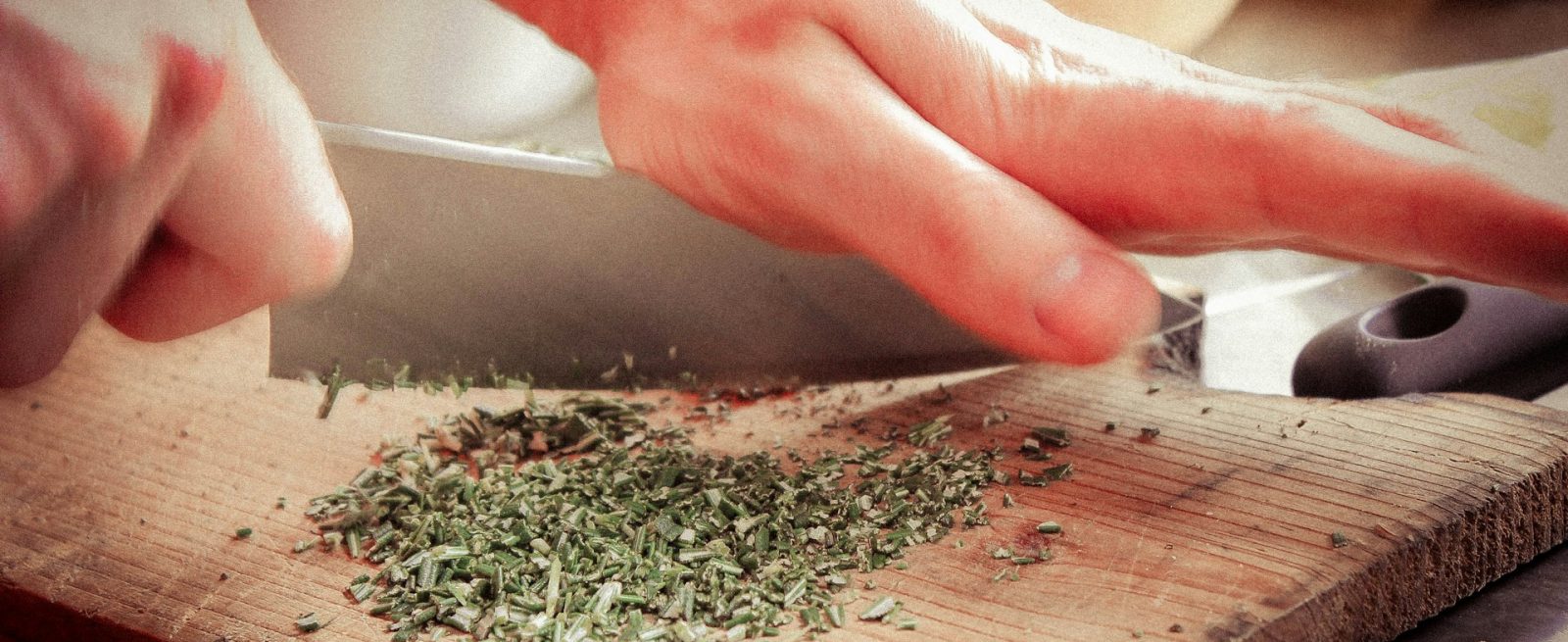Is Bitter the New Sweet on Restaurant Menus?
4 Min Read By David DeSouza
As public concern over sugar consumption intensifies, the culinary world finds itself at a crossroads. Guests expect healthier dishes without sacrificing enjoyment, and chefs are tasked with satisfying those expectations while maintaining a compelling flavor profile. Yet one family of ingredients remains underutilized in this effort: bitter plants.
Despite their deep roots in culinary and medicinal traditions, bitter plants are often dismissed in modern menus as overly aggressive or off-putting. But when skillfully integrated, they offer something powerful — balance. Instead of masking bitterness, chefs can use it to shift the flavor equation, helping diners recalibrate their palates and reduce their sugar intake naturally.
Rethinking Bitterness: What Bitter Plants Bring to the Table
Bitter plants include a diverse range of herbs and roots like quassia, gentian, chicory, and dandelion. These ingredients contain phytochemicals such as alkaloids, terpenes, and phenolics that register on the tongue’s bitter receptors. Their effect isn’t just sensory — they can also activate digestive enzymes and modulate appetite, contributing to the dining experience beyond taste.
Bitter flavors are not new to cuisine. Mediterranean diets have long featured radicchio and endive, while traditional Chinese medicine uses bitter melon to cool and detoxify. Italian amaros, German bitters, and Southeast Asian greens all reflect regional familiarity with these flavors. Yet in the North American restaurant landscape, bitterness remains a niche player.
Scientific studies into taste perception reveal why bitterness is such an effective counterbalance to sugar. Our palates are hardwired to enjoy sweetness, often interpreting it as safe and satisfying. Bitter compounds can temper that sweetness, rounding out the flavor profile and making dishes taste more complete, not less indulgent.
The Industry’s Pivot Away From Sugar
The push to reduce sugar is not a passing trend. It’s a response to growing evidence linking high sugar intake to chronic health conditions like diabetes, obesity, and heart disease. Restaurants, particularly those operating at scale, have been pressed to adjust their recipes to meet not only public health initiatives, but also increasingly health-conscious customers.
Consumers are reading labels, tracking macros, and demanding transparency. In fact, Statista found that 66 percent of consumers were trying to limit sugars in their diet in 2024. But sugar reduction isn’t just about omission. Remove it entirely, and many dishes fall flat. Replace it with artificial sweeteners, and you might achieve sweetness but miss complexity. This is where bitter plants offer a different path.
Rather than trying to mimic sugar, bitter ingredients reshape the flavor architecture. They work not by sweetening, but by rebalancing — making it possible to use less sugar without compromising depth or appeal.
Integrating Bitter Into Beverages and Beyond
In beverage programs, bitter ingredients have long had a foothold. Gentian root is a staple in European aperitifs, and quassia is used in several botanical mixers and cocktail bitters. For restaurants, expanding this logic into low- and no-sugar cocktails offers a competitive advantage. Bartenders can use herbal bitters to structure mocktails or flavor-forward spritzes with minimal added sugar.
On the food side, bitter greens like dandelion can brighten salads and act as a foil for sweet glazes or roasted vegetables. Chicory root, when roasted, brings a deep, coffee-like flavor that adds body and complexity to sauces and desserts. Even small amounts of bitter herbs in vinaigrettes or marinades can reduce the need for sweeteners while enhancing umami and acidity.
Challenges Restaurants Must Navigate
Of course, rebalancing with bitterness isn’t without its hurdles. First is guest perception. Many diners associate bitterness with harshness or medicinal flavors. Educating patrons on how bitterness can actually enhance enjoyment — just as salt sharpens sweetness — requires thoughtful menu language and trained front-of-house staff.
Back-of-house training is just as crucial. Cooking with bitter ingredients demands precision. Too much can overpower; too little can be ineffectual. Chefs and bartenders need to understand how to integrate these flavors subtly, so they support rather than dominate.
It also means rethinking menu development processes. Sugar has historically been a go-to for rounding out dishes and masking imperfections. With bitter ingredients, there’s less room for shortcuts. Every component needs to be in balance, which requires a deeper commitment to culinary craft.
A Sustainable, Cost-Conscious Option
Beyond flavor and health benefits, bitter plants offer a sustainability angle worth considering. Many are hardy perennials or foraged wild ingredients that thrive in low-resource environments. Chicory, for instance, grows well in a range of climates and can be used in both leaves and roots, minimizing waste.
From a cost perspective, bitter ingredients often carry a lower price tag than specialty sweeteners or imported sugar substitutes. Because they are used sparingly and have strong flavor profiles, small amounts can go a long way. This makes them especially appealing for restaurants looking to innovate without inflating food costs.
What’s Next for Bitter in Menu Development?
The next frontier may be in plant-based innovation. As chefs explore meatless alternatives, bitterness can help recreate the complexity that fat and protein often deliver. This makes bitter elements ideal in the development of vegan sauces, broths, and even desserts.
For restaurants looking to experiment, a good first step is integrating a single bitter element into one menu category — perhaps a cocktail special or seasonal side dish — and observing how it resonates. From there, it becomes easier to build trust with customers and expand use across the menu.
Bitter doesn’t need to dominate; it just needs to play its part. In a culinary world that’s rethinking excess, subtlety and balance may be the most exciting new flavors of all.


